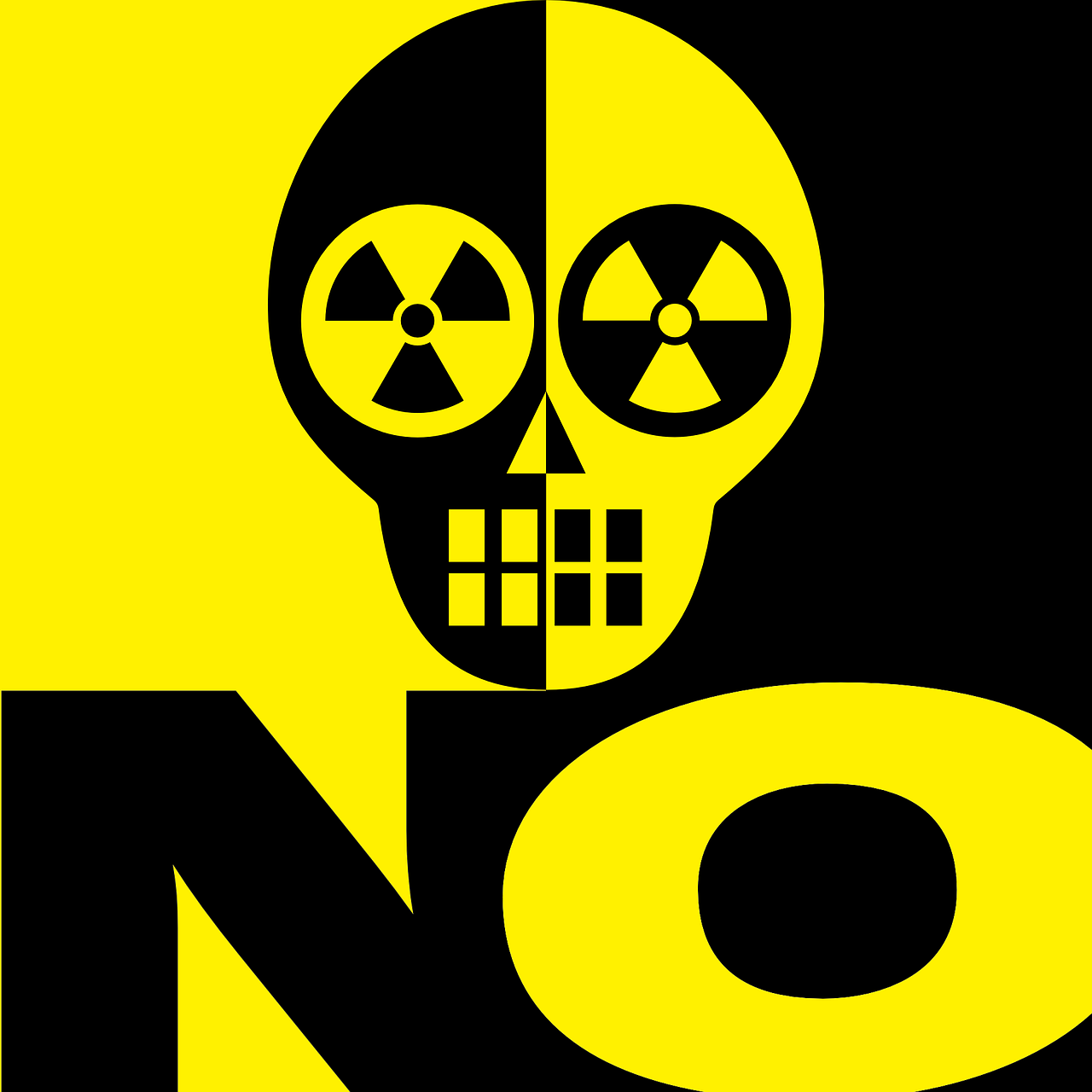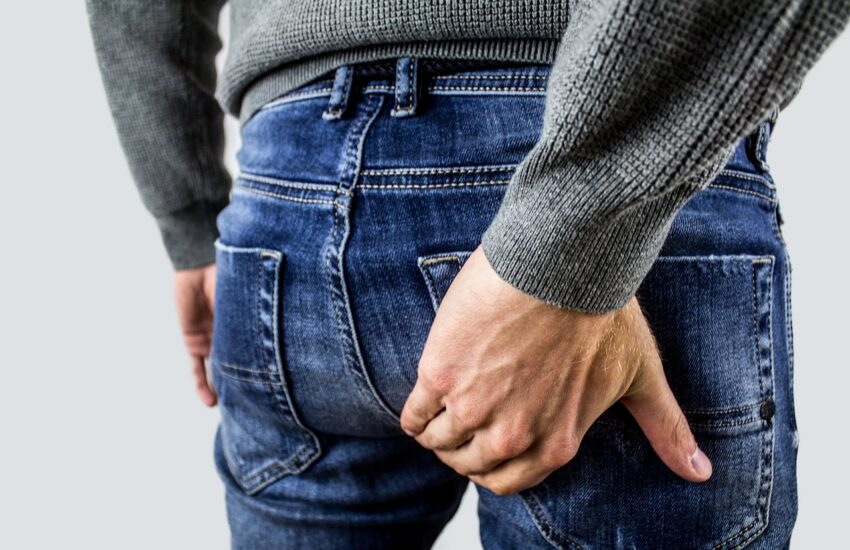6 Dangerous Toxins Hiding In Your Home
The subject of toxins, toxic burden, detoxification, and cleansing are surprisingly controversial.
On one side of the argument are people who argue that our bodies need help with detox because the number of toxins we expose ourselves to is staggeringly high and we don’t have the capacity to eradicate the toxins.
The other side of the aisle has people who say that our body’s natural detoxification organs are more than able to help purge toxins from our body. Thus, detoxification support isn’t necessary.
I happen to believe a little bit of both sides.
I believe that God created our body’s detoxification systems to be incredibly robust and more than capable of helping us eliminate a normal load of toxins.
On the other hand, I believe that we have to deal with far more toxins than we could have anticipated 100 years ago. That exposure overwhelms our body’s natural systems and as such we can always use additional detox support.
Makes sense, right?
Given the fact we’re exposed to so many dangerous toxins on a regular basis I believe that one of the best practices to keep toxin levels down is to eradicate dangerous toxins from your home.
That’s why I compiled a list of 6 dangerous toxins that you should eliminate as soon as you can.
Don’t Use Products With These Toxic Ingredients
The list of toxins you’ll see below isn’t exhaustive, nor is it focusing on the most dangerous chemicals in your home.
However, these ingredients are all ingredients you come into contact with on a daily basis.
Which means if you’re spending 365 days a year absorbing these toxins you’re doing daily damage that you could easily reverse by getting rid of them.
You’ll find all of these ingredients in cleaning products, which is why in addition to eliminating them, I’ll also introduce you to a solution I found that helps you get the tough job of cleaning done without the exposure.
2-Butoxyethanol:
2-butoxyethanol is what you’ll find in many window cleaners. Unfortunately, you won’t necessarily know if it’s in your window cleaner since U.S. law doesn’t require manufacturers to list it.
2-butoxyethanol is a solvent; a solvent the EPA said could lead to sore throat, narcosis, pulmonary edema, and severe liver and kidney damage.
This toxin is especially dangerous because of how it’s absorbed into your body. Because 2-butoxyethanol is dispersed through the air (like when you spray your windows) it can easily be inhaled where it can then be absorbed into the bloodstream.
Ammonia:
I’m sure when you read the word ammonia you could practically feel the smell in the back of your head.
That smell (and the feel) are actually indicators of the danger of ammonia.
You know the smell of ammonia.
Donna Kasuska, chemical engineer and president of ChemConscious, Inc., notes that “ammonia is a powerful irritant… [that will] affect you right away. The people who will be really affected are those who have asthma, and elderly people with lung issues and breathing problems. It’s almost always inhaled. People who get a lot of ammonia exposure, like housekeepers, will often develop chronic bronchitis and asthma.”.
Chlorine:
We all use chlorine, and we all assume it’s safe because it’s everywhere.
And yet, chlorine in all its forms is probably one of the more dangerous chemical toxins we’re exposed to on a daily basis. Especially when we come into contact with it via exposure to cleaning products.
Inhaling chlorine can easily damage your lungs and other organs. Caustic by nature, inhaling the fumes can scar your airways and also disrupt cell function – all with a simple breath.
Then there’s the problem of what happens when it comes into contact with your skin. Your skin may feel waterproof, but that doesn’t mean you can’t absorb chemicals through your skin. If you’re using chlorine and it comes into contact with your skin the chemicals can cross the skin/tissue barrier and then make its way into your bloodstream. Prolonged exposure could disrupt thyroid function.
Borax and Boric Acid:
Many people believe that Borax and boric acid are safe alternatives to harsh chemical cleaners.
If only that were true.
Studies show these chemicals are likely to embed in the body’s tissue where they can cause major health problems.
The European Union published a report back in 2011 that cited boric acid as posing a danger to reproductive health (ECHA 2011). Drawing from a study of men working in factories that produced boric acid, they noted that these men had a greater risk of decreased sperm count and libido compared to the control.
And the EPA noted in 2006 “Chronic exposure to high doses of borax or boric acid causes testicular atrophy in male mice, rats and dogs (EPA 2006).”.
Triclosan:
I’ve written about the dangers of triclosan before, specifically when toothpaste makers put it in their products.
Sadly toothpaste isn’t the only place you’ll find triclosan as this antibacterial is typically included in handsoaps, dish-washing soaps and surface cleaners.
Here’s what Jessie Shol writing for Experience Life said when citing the danger of triclosan use:
“Triclosan is an aggressive antibacterial agent that can promote the growth of drug-resistant bacteria. Explains Sutton: ‘The American Medical Association has found no evidence that these antimicrobials make us healthier or safer, and they’re particularly concerned because they don’t want us overusing antibacterial chemicals — that’s how microbes develop resistance, and not just to these [household antibacterials], but also to real antibiotics that we need.’
Other studies have now found dangerous concentrations of triclosan in rivers and streams, where it is toxic to algae. The EPA is currently investigating whether triclosan may also disrupt endocrine (hormonal) function. It is a probable carcinogen. At press time, the agency was reviewing the safety of triclosan in consumer products.”
Sodium Hydroxide:
This is one of those chemicals you need to be very careful with, just in general as it’s extremely caustic.
Sodium Hydroxide, also known as lye, is what many people use to clean clogged drains or to clean their greased up ovens. Skipping out on Sodium Hydroxide is a good idea because of how dangerous it is. A few drops on your skin can leave chemical burns and breathing the vapors it makes is enough to burn your throat and cause a sore throat for up to a week.
If it’s that bad on exposure, imagine what happens when microscopic particles make it into your bloodstream….
Don’t Use Those – Use This Instead!
If reading over this list makes you a bit nervous about cleaning your home, you’re not alone.
When my wife and I realized how dangerous most of the products we used were to our health (as well as the health of our children) we were alarmed and knew we had to act quick.
Our first step to solve this issue wasn’t to make a brand new product (even though we did when we made our Raise Them Well “Clean It Well” All Purpose, ToxicFree® Concentrated Cleaner).
Instead, we started looking into using as many natural cleaning products and solutions as we possibly could.
While we found plenty of low-cost solutions for cleaning various surfaces in our home, we noticed that we generally had to make specific natural cleaners for specific surfaces and rooms.
That was fine and all, but the constant cycle of mixing new cleaners and storing them was a drag
So we made Clean It Well which we feel does the best job of tackling multiple cleaning projects in one fell swoop. It’s all-natural and contains no dangerous ingredients whatsoever (but, you still wouldn’t want to drink it).
One bottle of Clean It Well replaces up to 12 other cleaners.
That saves you a ton of space under the kitchen sink.
Additionally, because it’s super concentrated, one bottle will last you forever….(well, not quite forever).
Take your health in your hands. Ditch the toxic cleaners and add Clean It Well to your life to make it healthier and better.
Click here or on the image below to check out on the ingredients, and see what makes it so great for your health.


